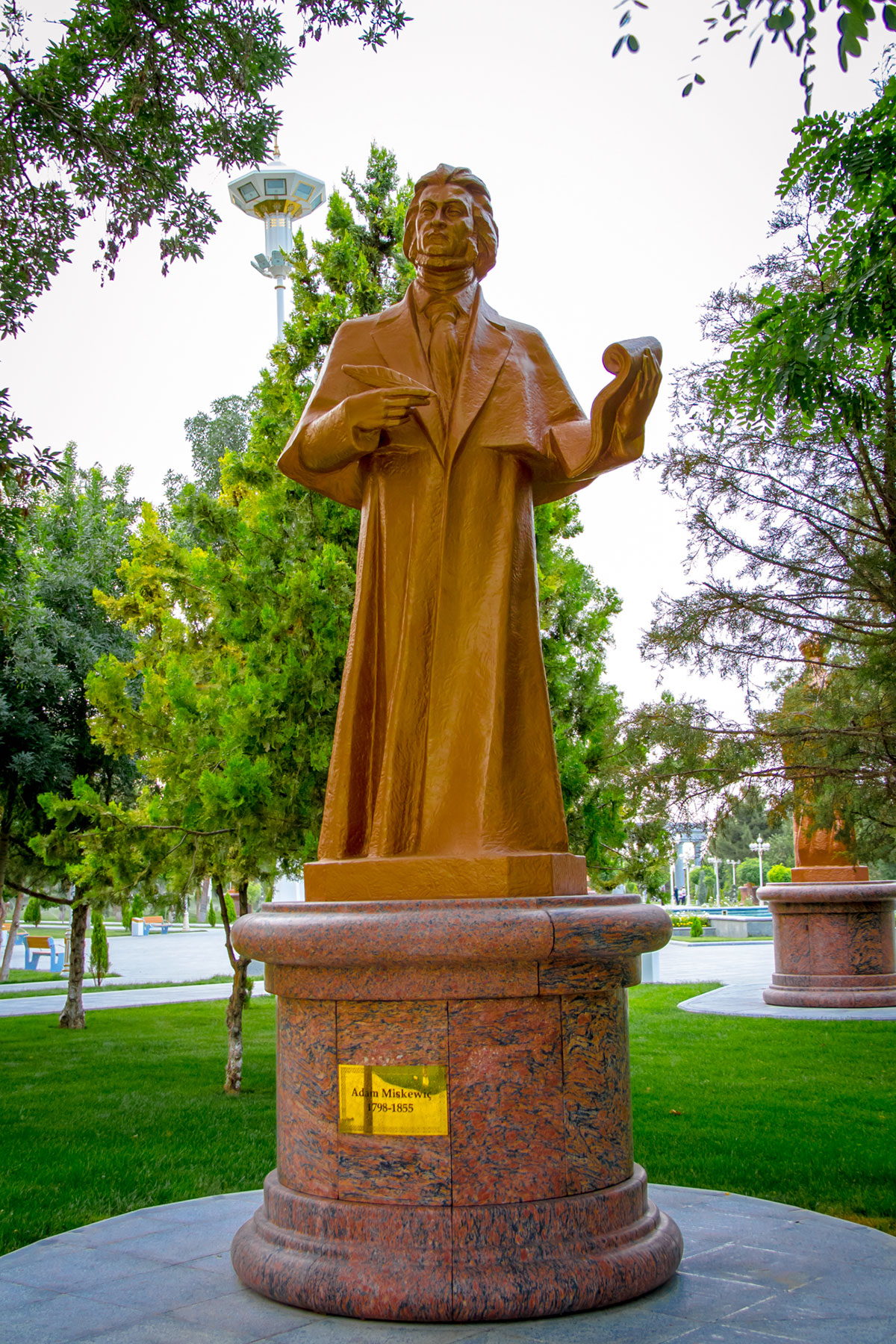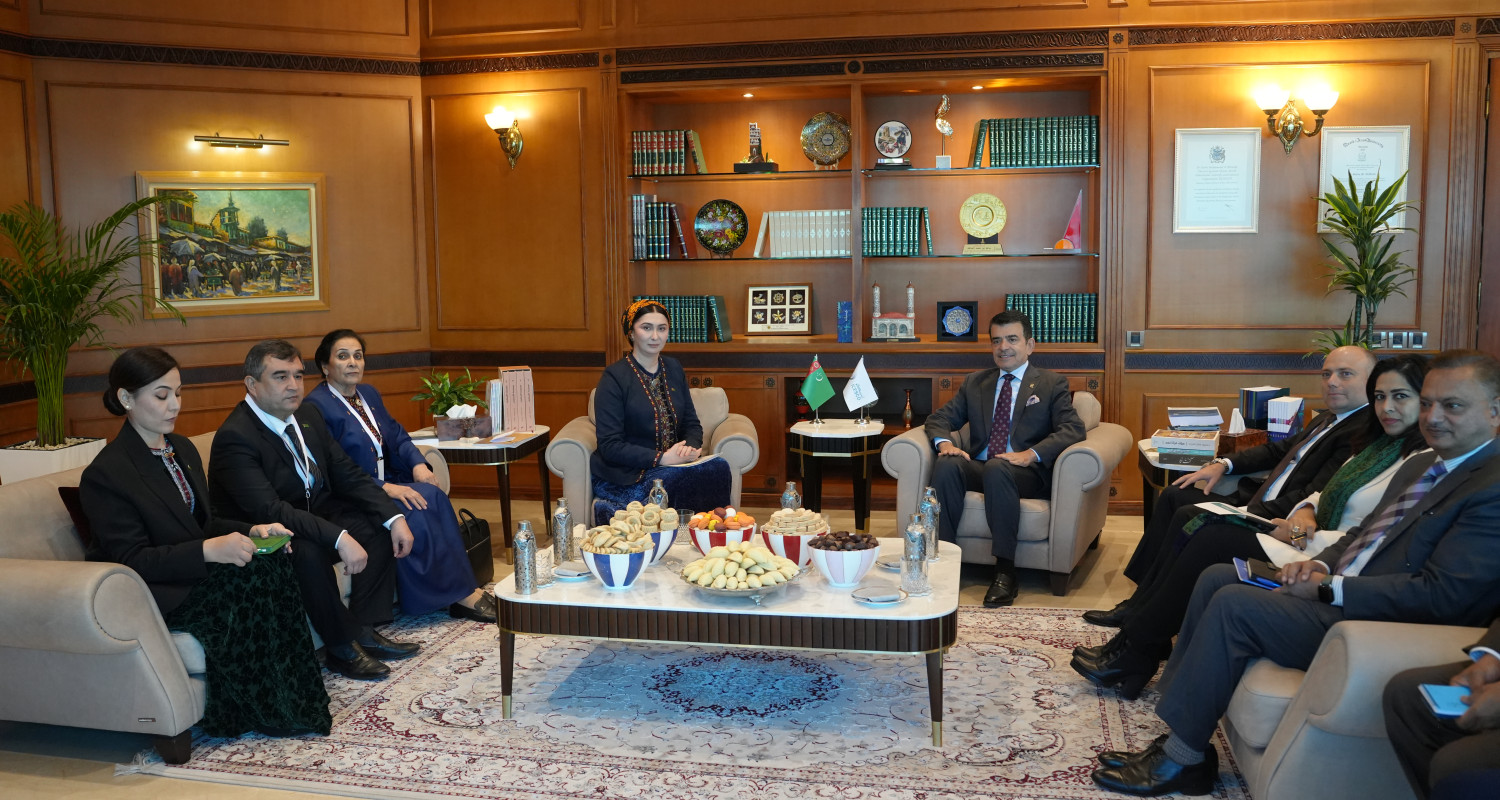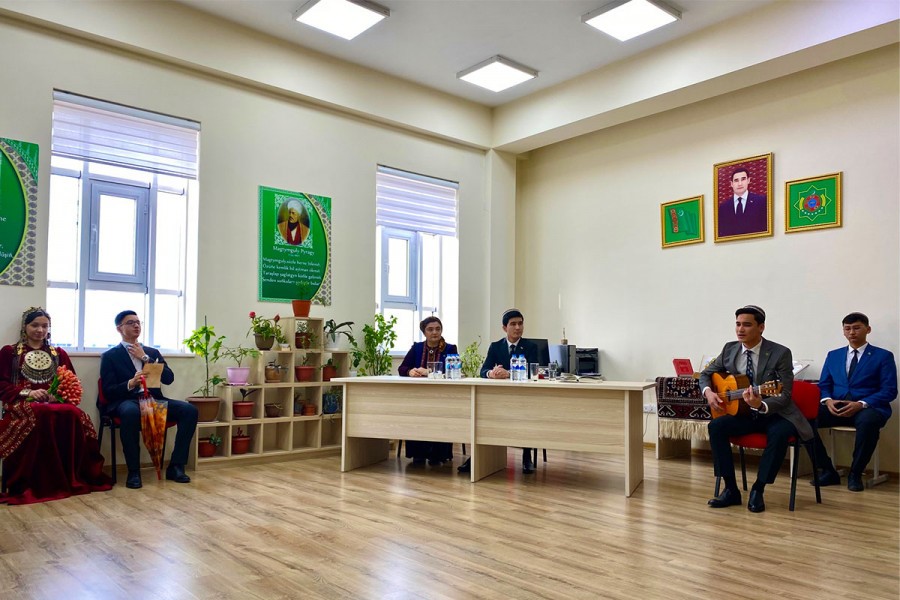This year, , a new cultural and park complex was opened at the foothills of the Kopetdag Mountains in a solemn ceremony to commemorate the 300th anniversary of the birth of the classic Turkmen literature figure Magtymguly Pyragy. Symbolically, this large-scale project, besides the majestic monument to Magtymguly, includes an alley of famous poets and thinkers from various countries and eras, highlighting its significance in the context of friendship among peoples and the unity of humanity's cultural heritage.
The park complex features 24 monuments dedicated to world-renowned writers and poets from different countries. The editors of "Golden Age" deemed it appropriate to acquaint readers, especially children and youth, with the lives and works of the outstanding personalities whose monuments adorn Magtymguly Alley. This is important because some geniuses from their time, represented here, visited Turkmenistan. "GA," by publishing information about them, does not claim to provide complete coverage of materials about any particular person, especially since not much information has survived about many of them over time.
Our brief story today is about the Polish writer, poet, playwright, educator and publicist Adam Mickiewicz.
In Poland, Adam Mickiewicz is considered one of the greatest Polish-language poets of the Romantic era. He significantly influenced the development of 19th-century Polish literature. Adam was born on December 24, 1798, in the family of impoverished nobility Mikolaj Mickiewicz. He received his education at the school attached to the Church of St. Michael in Navahrudak and later attended Vilnius University, initially enrolling in the Faculty of Physics and Mathematics before transferring to the Faculty of Literature. After his studies, he worked as a teacher in Kovno.
On July 22, 1834, Adam Mickiewicz married Celina Szymanowska (the daughter of renowned pianist and composer Maria Szymanowska), who bore him six children.
The poet lived for a short time in Germany, then in Switzerland and Italy.
In 1832, he engaged in political journalism. From 1839-1840 he taught Latin literature in Lausanne. In 1840 he became the first professor of Slavic literature at the Collège de France.
Adam Mickiewicz died on November 26, 1855. In 1890, his remains were moved to Krakow and placed in a sarcophagus in Wawel Cathedral.
Mickiewicz's first poem "City Winter" was published in 1818 in the Vilnius newspaper "Tygodnik Wileński." His epic poem "Pan Tadeusz," published in Paris in 1834, became one of the major works of that time. The poem nostalgically and humorously depicts colorful but historically doomed noble customs and is considered Poland's national epic and a masterpiece of literary painting. In 1999, "Pan Tadeusz" was adapted into a film by Polish director Andrzej Wajda.
Streets, squares, lyceums, libraries, and institutes are named after Adam Mickiewicz. A crater on Mercury is named in his honor.








